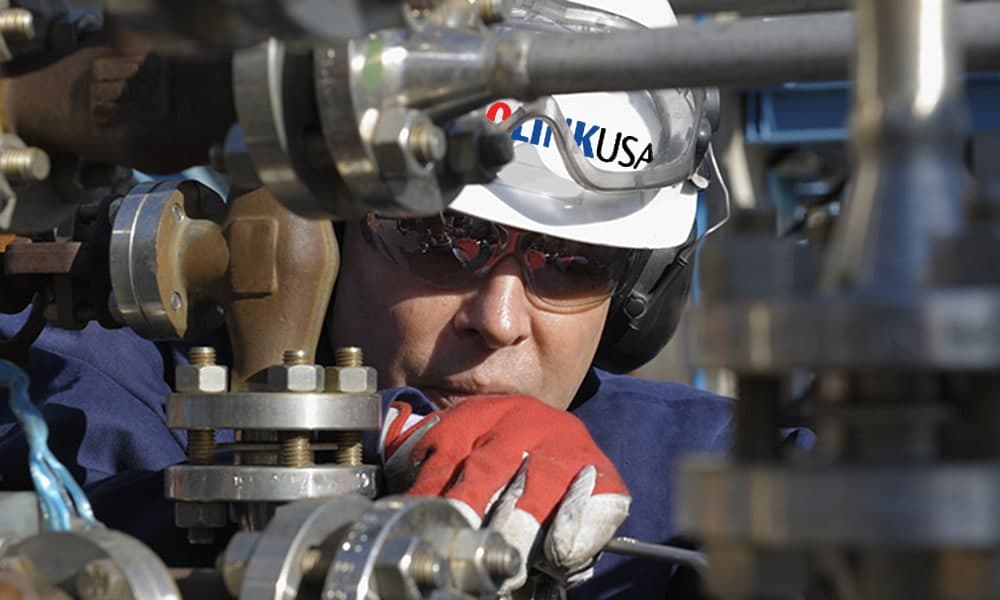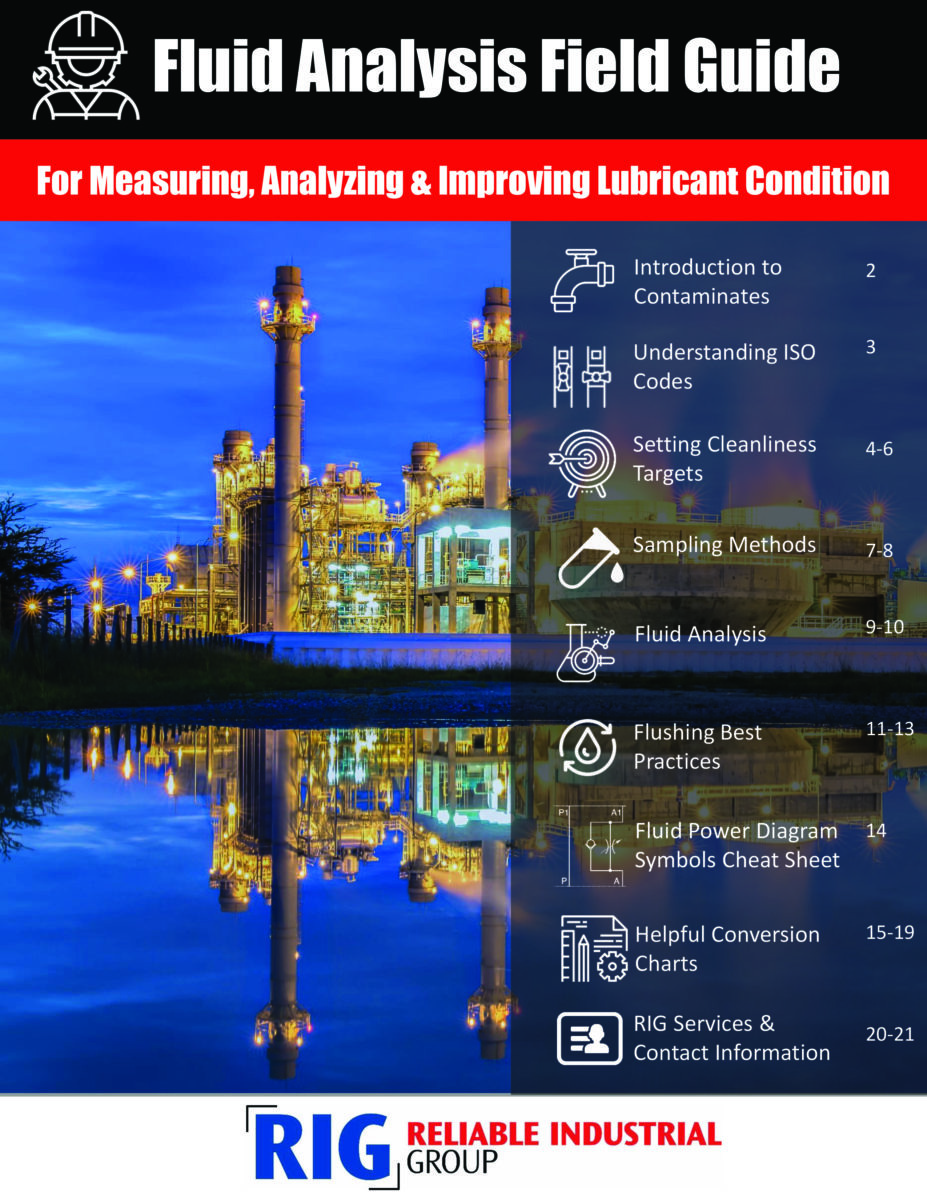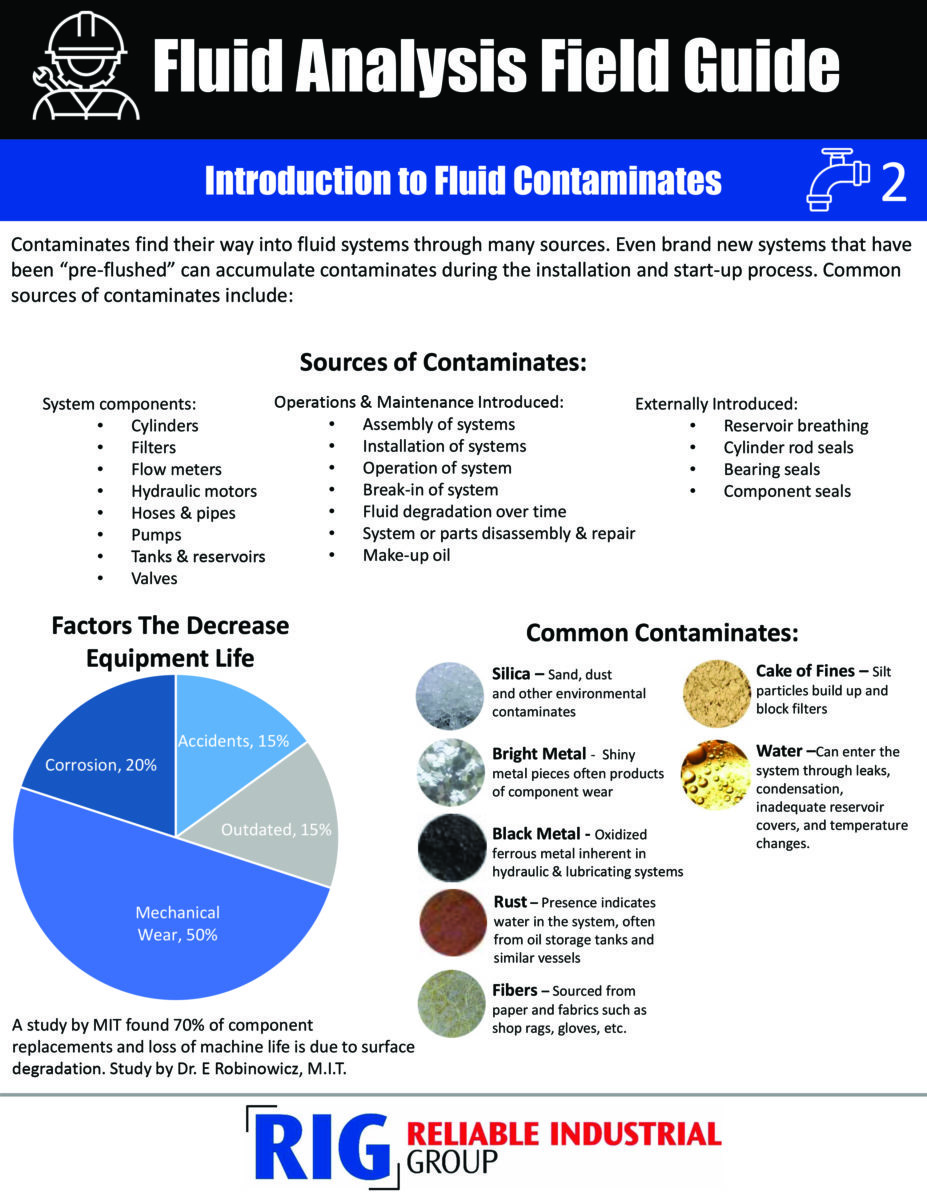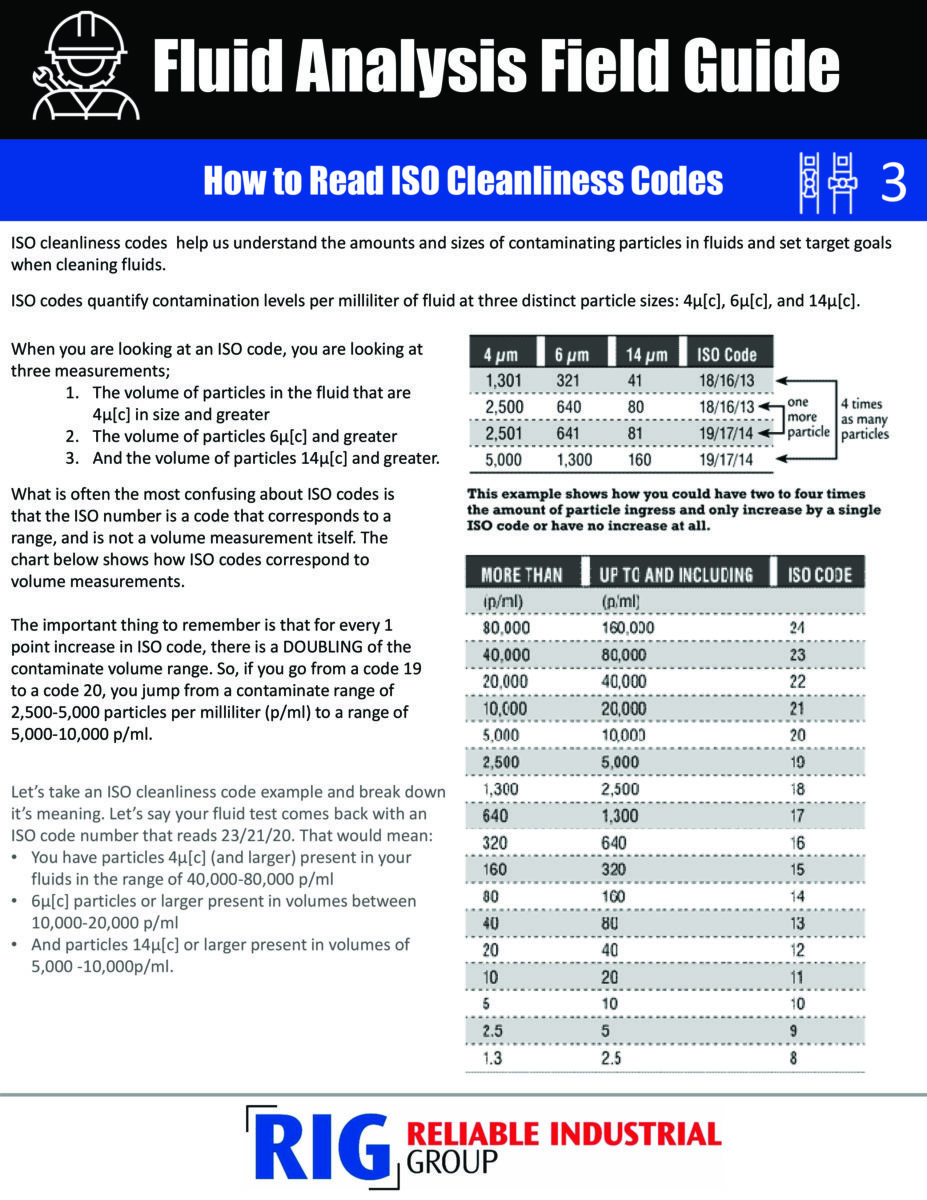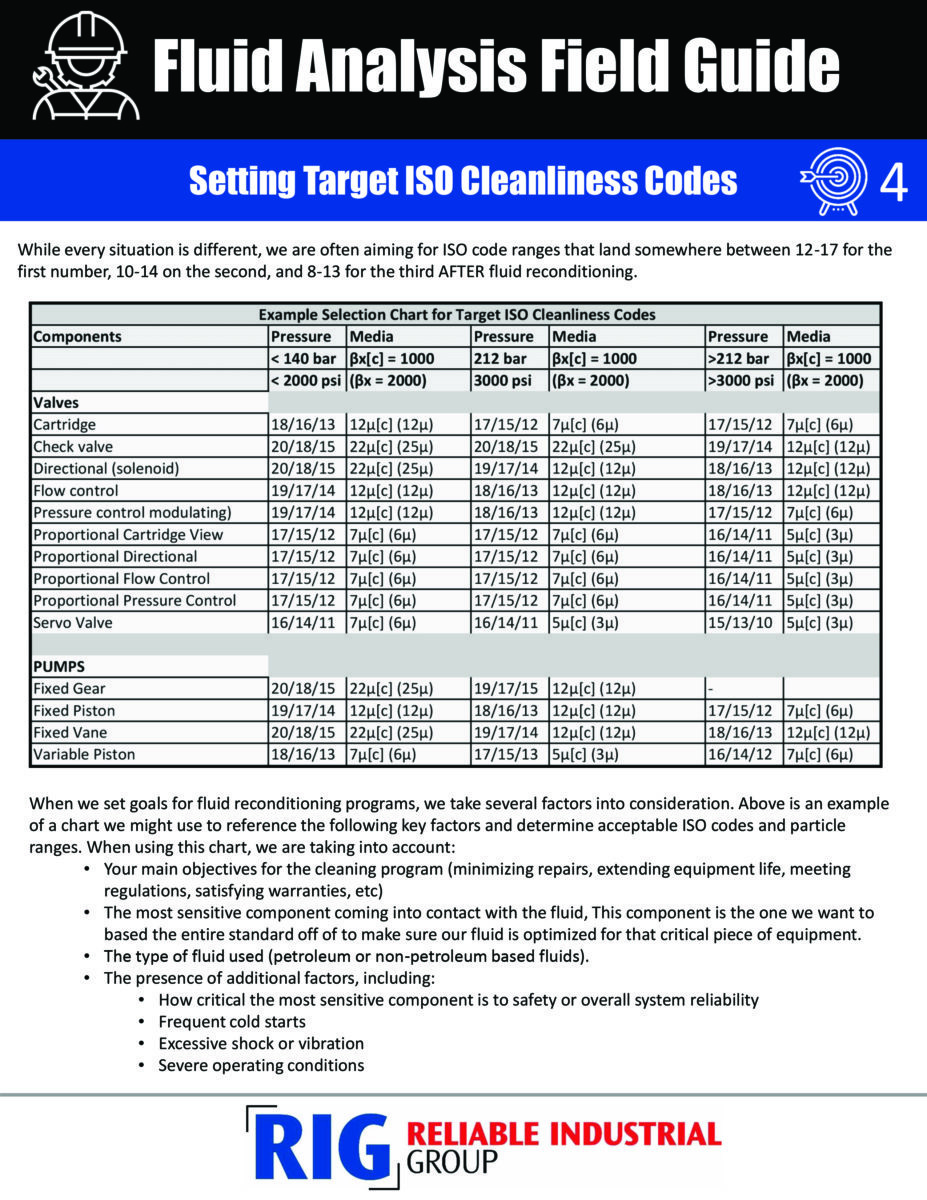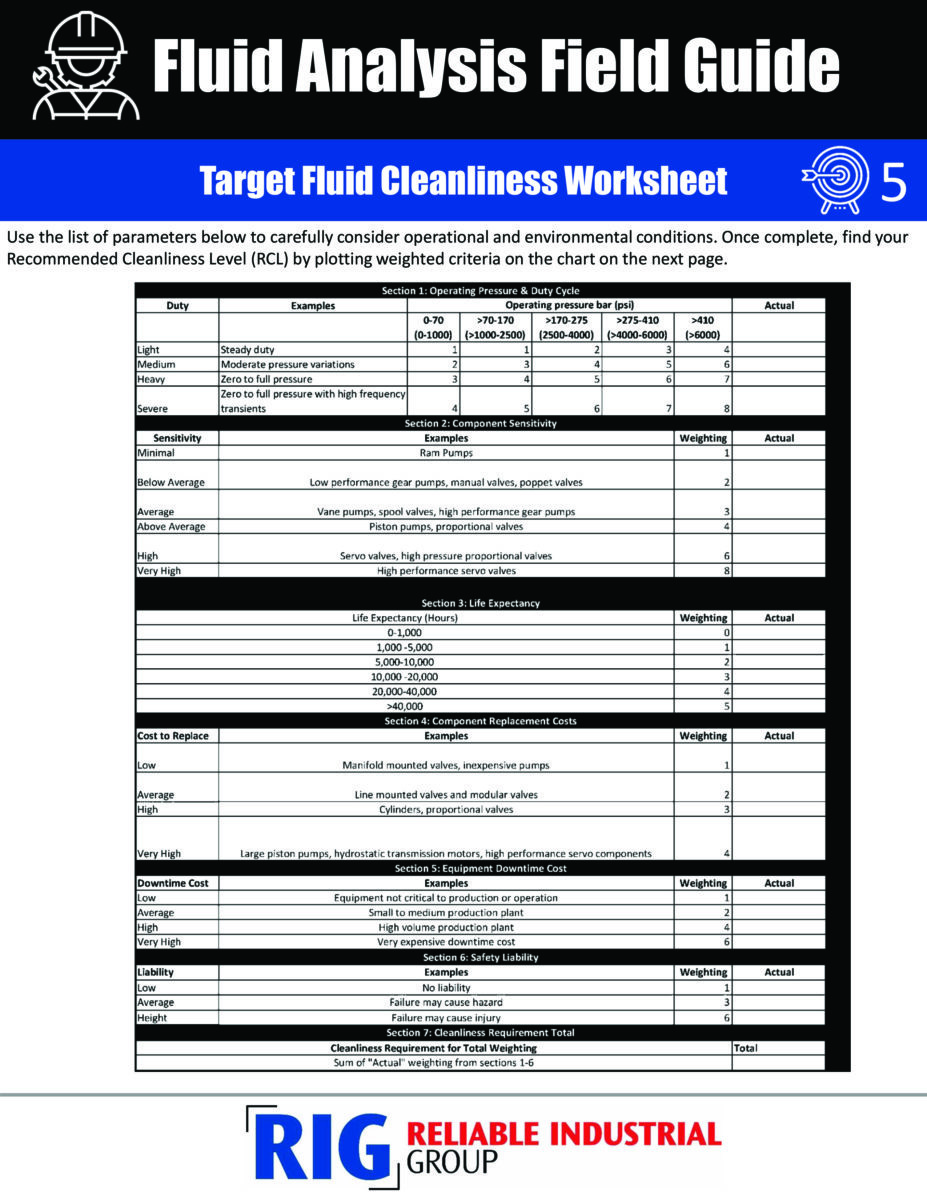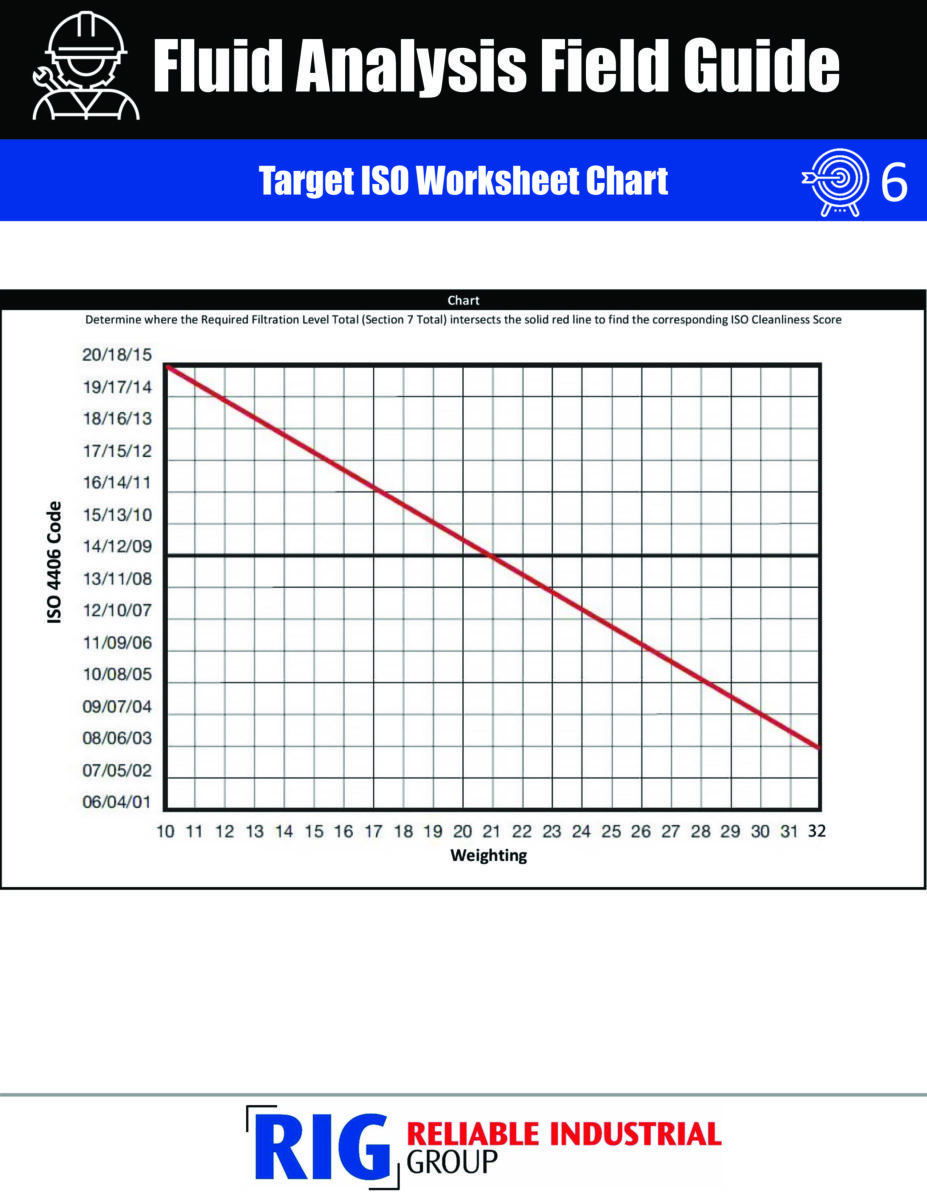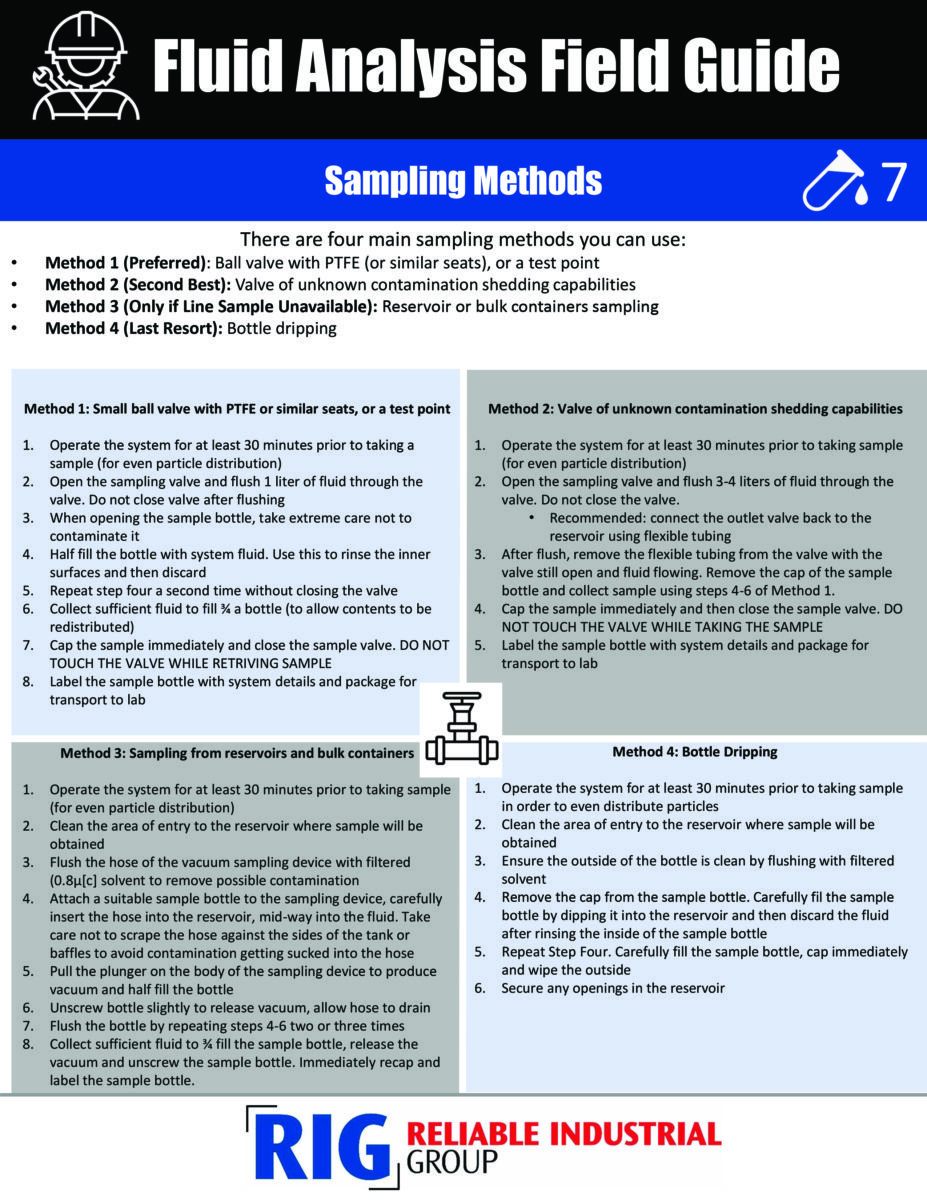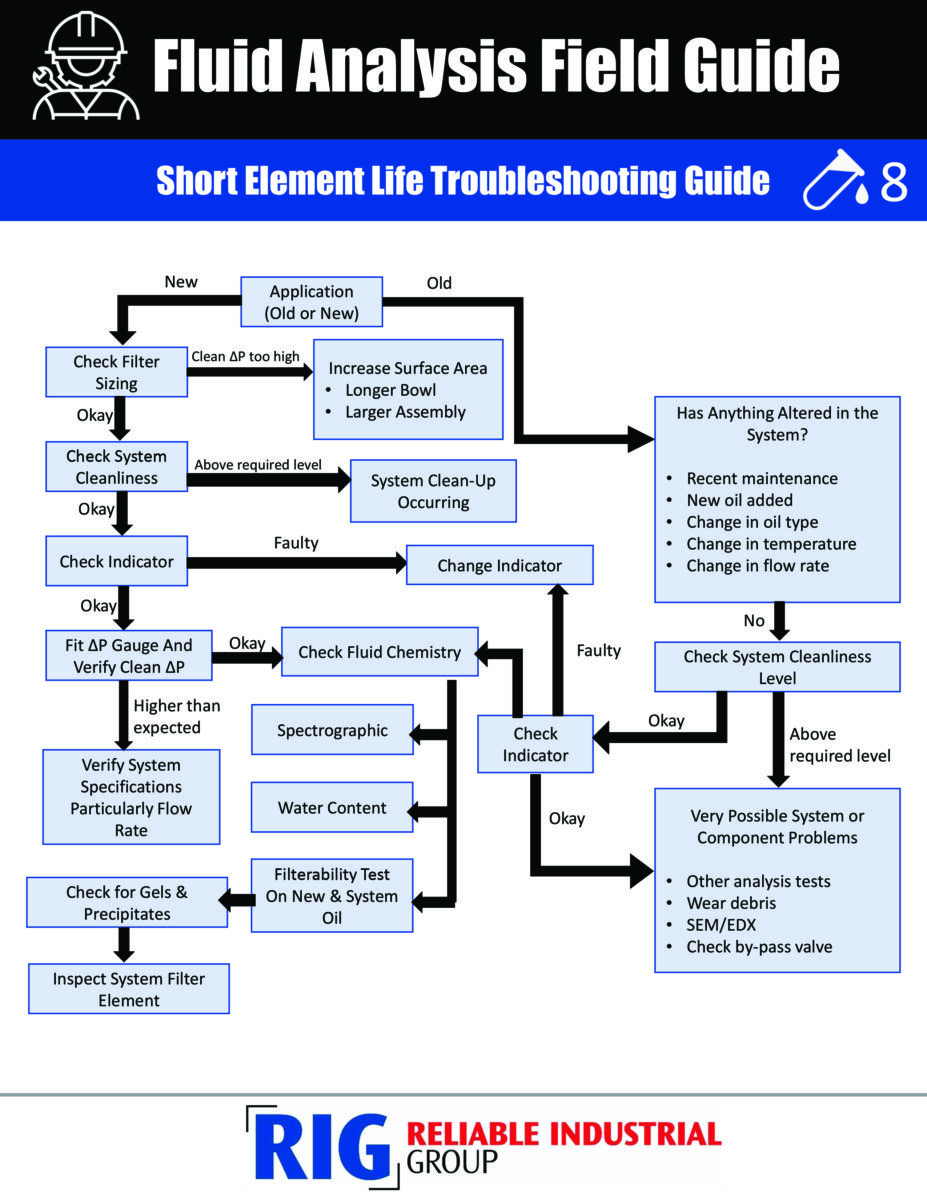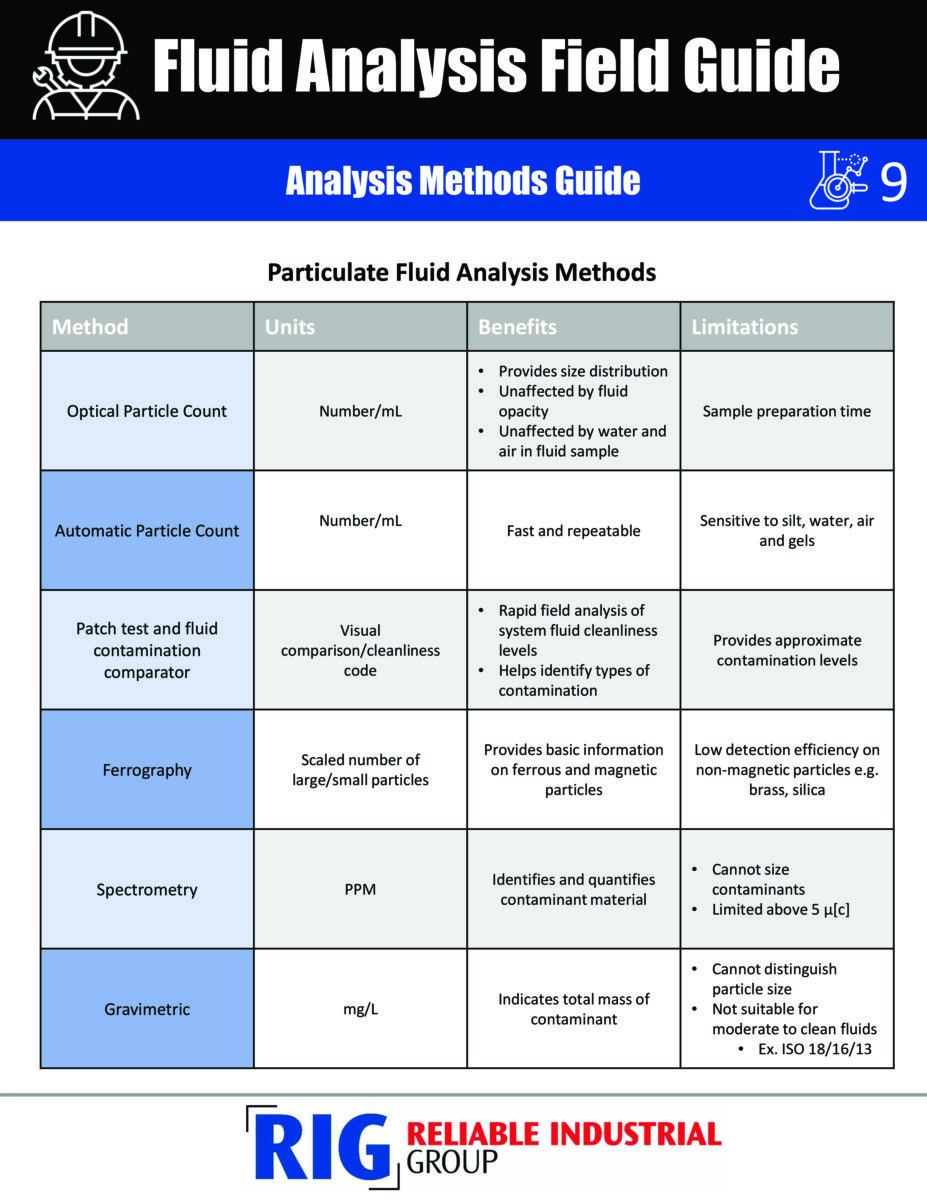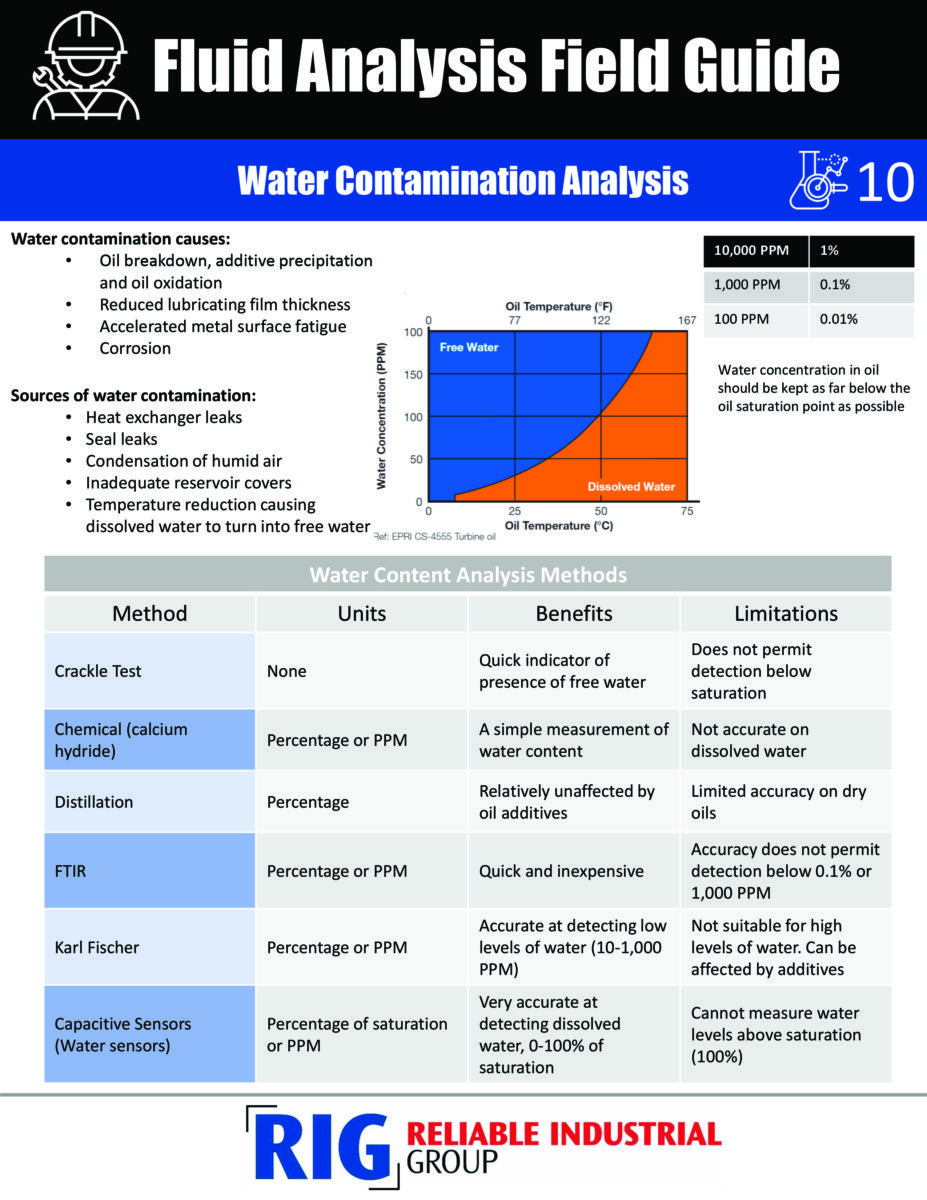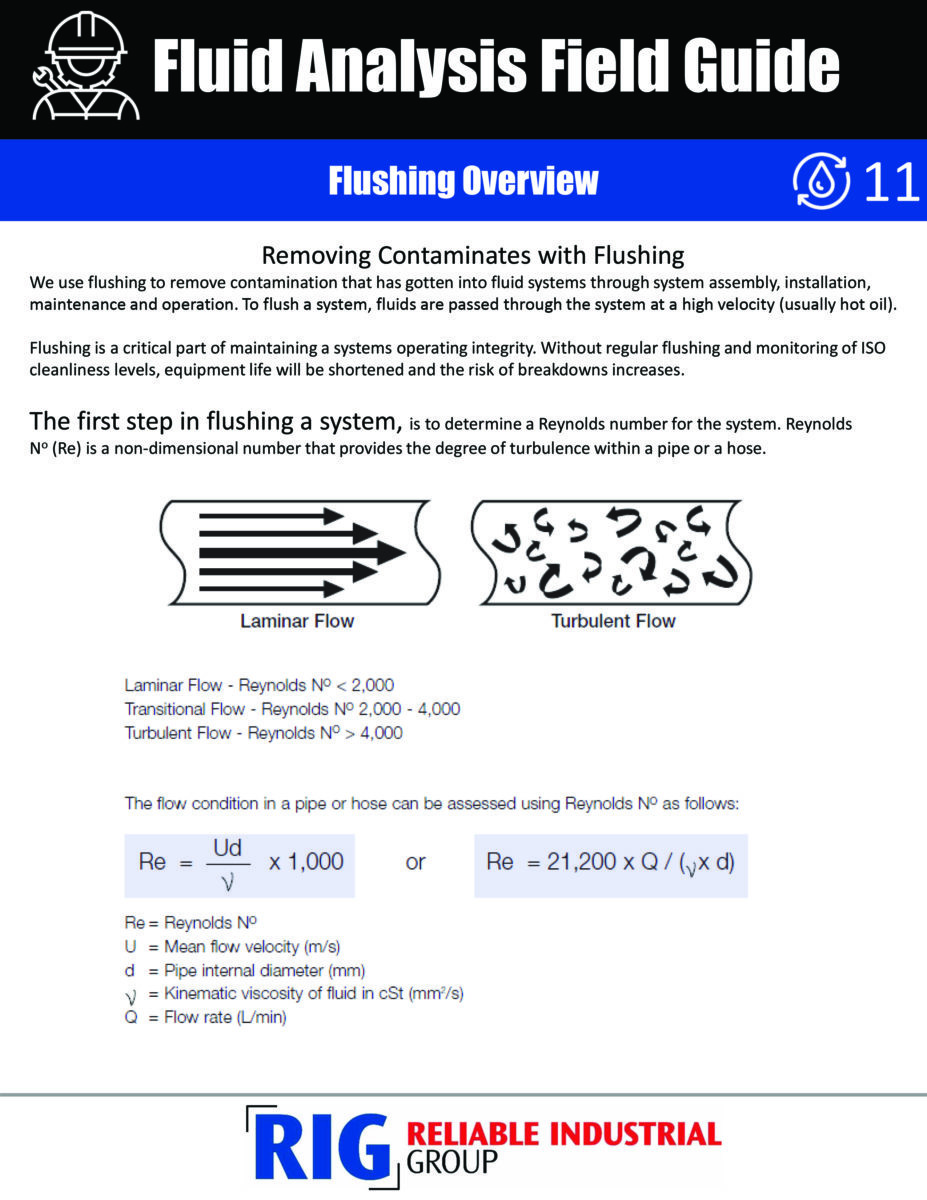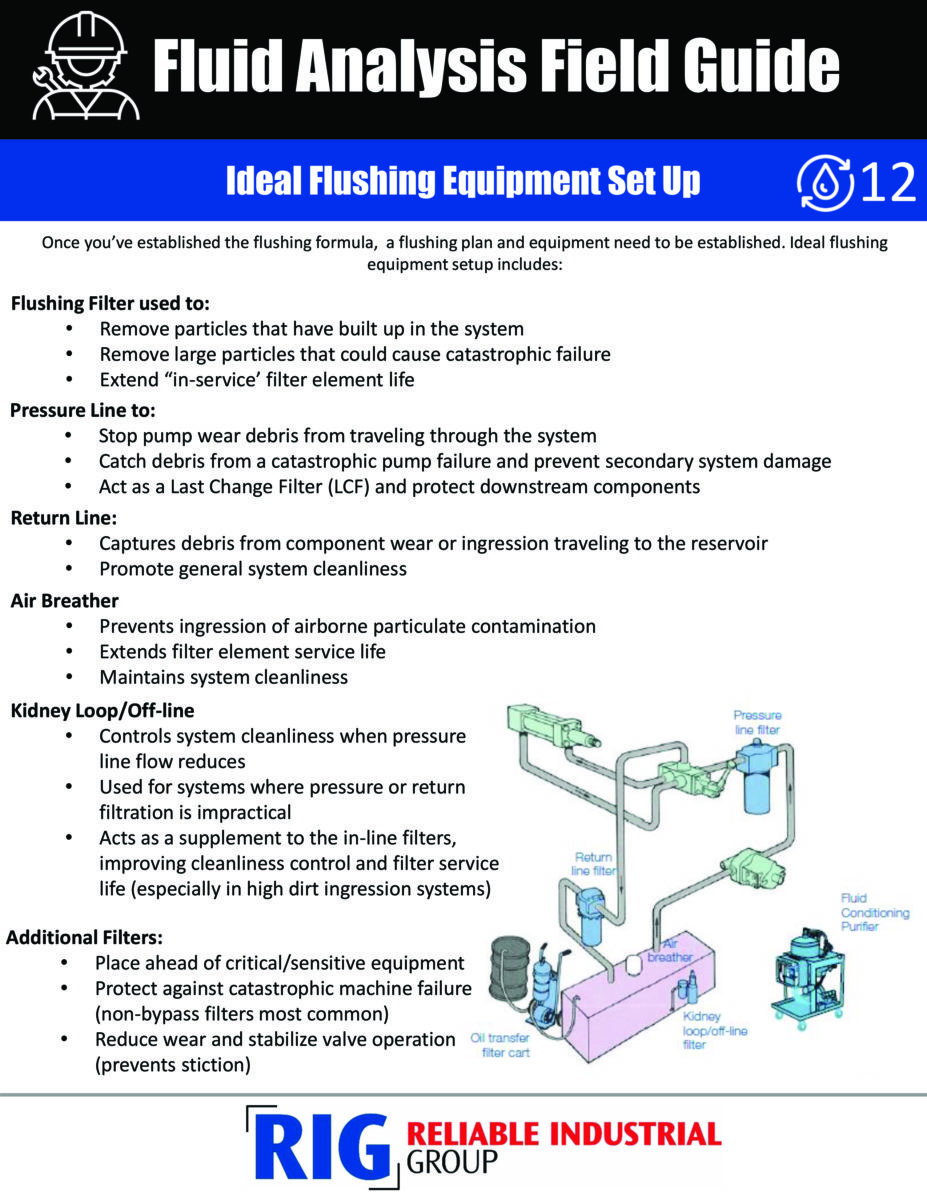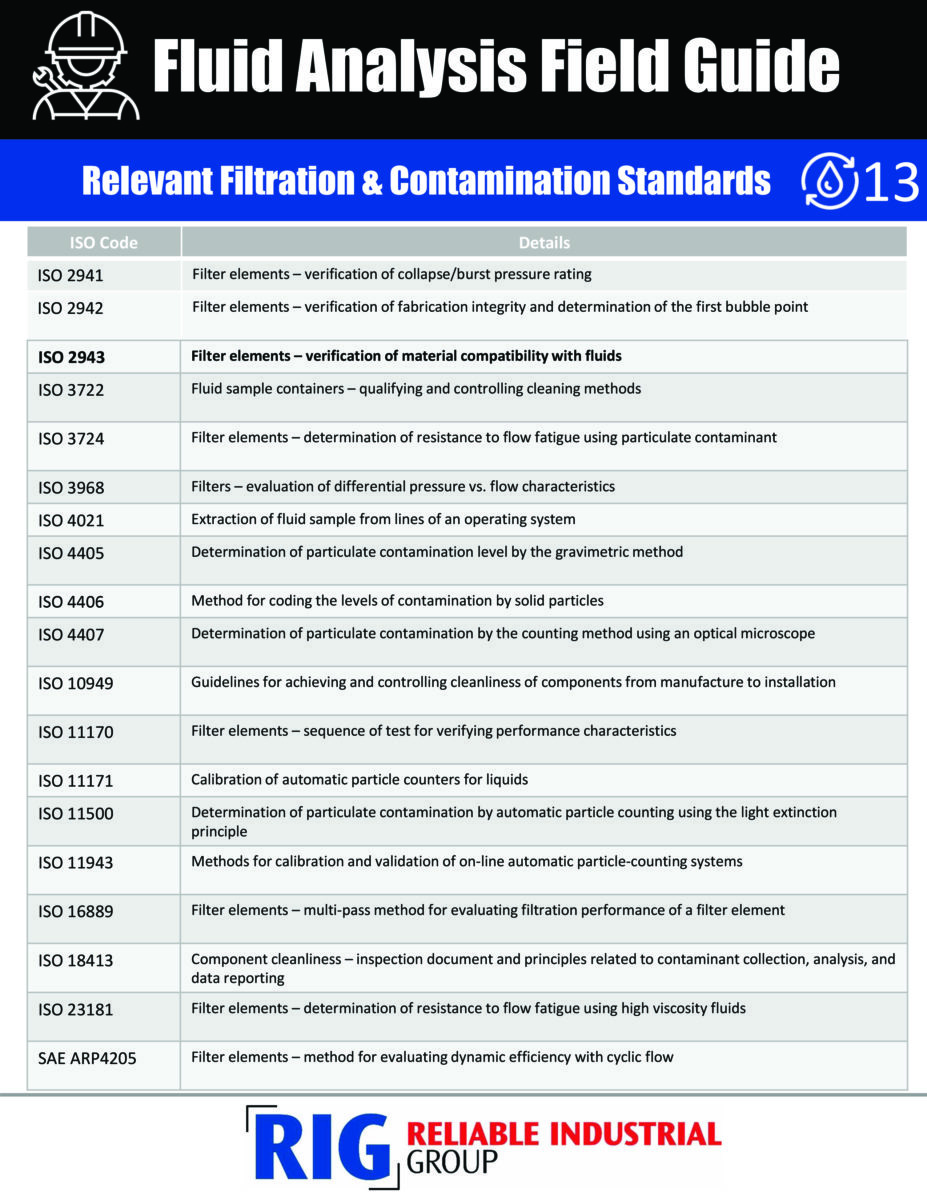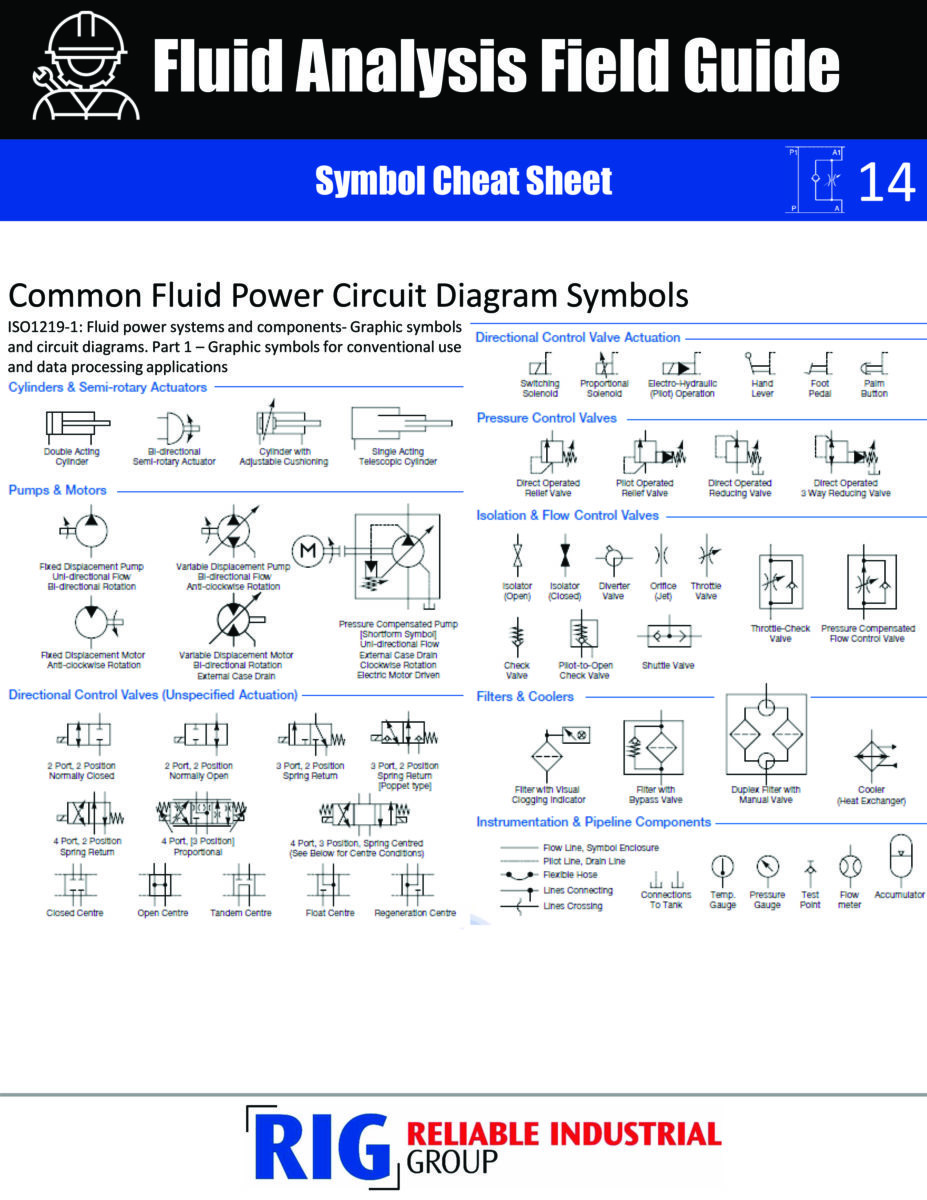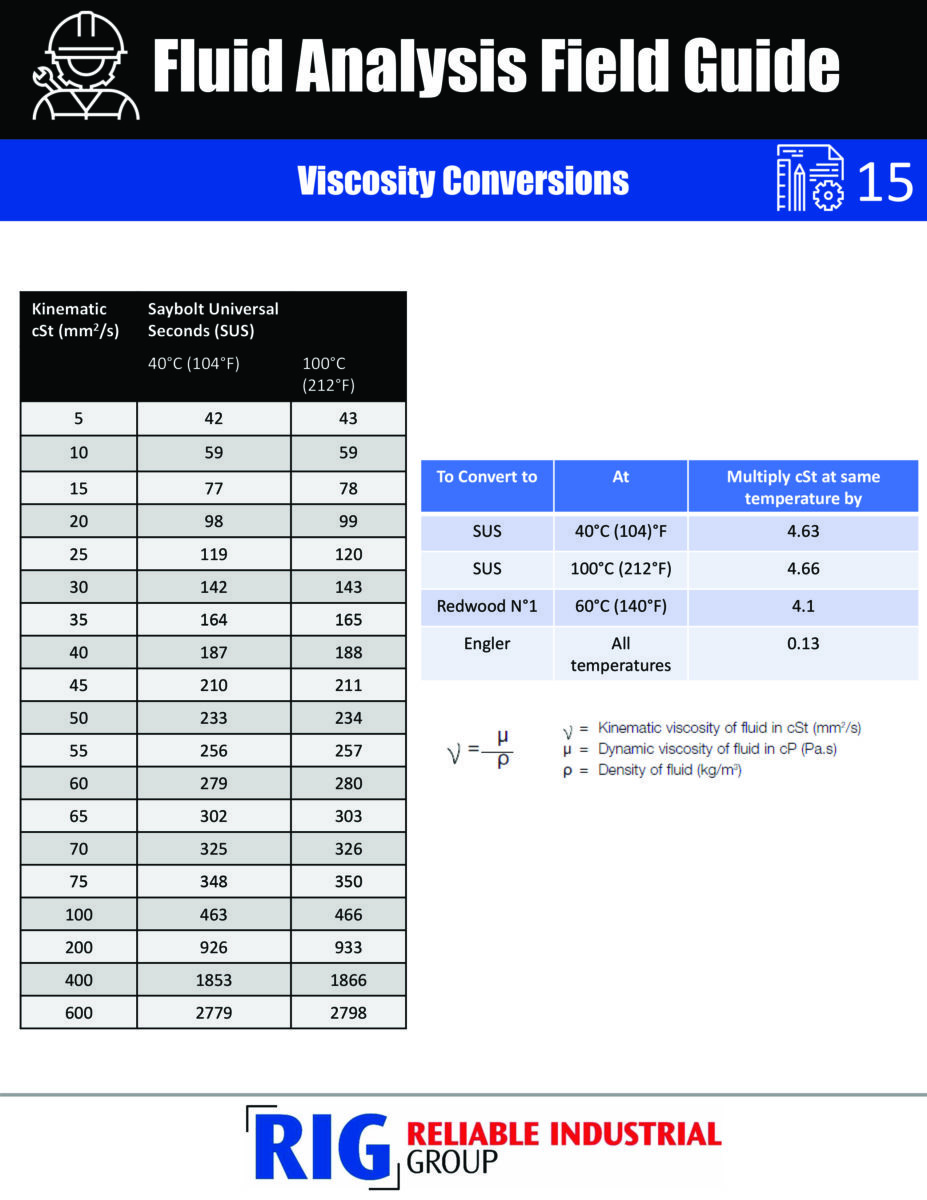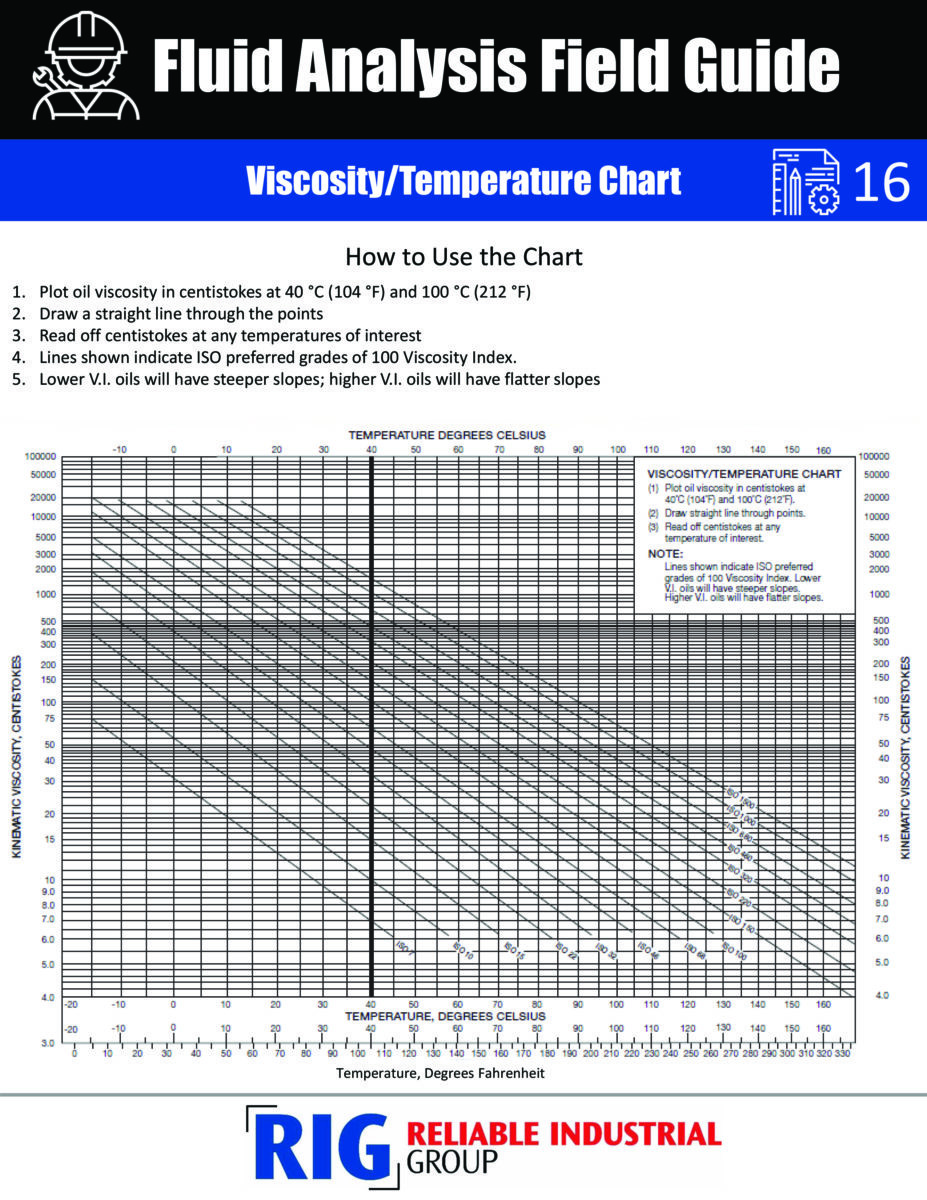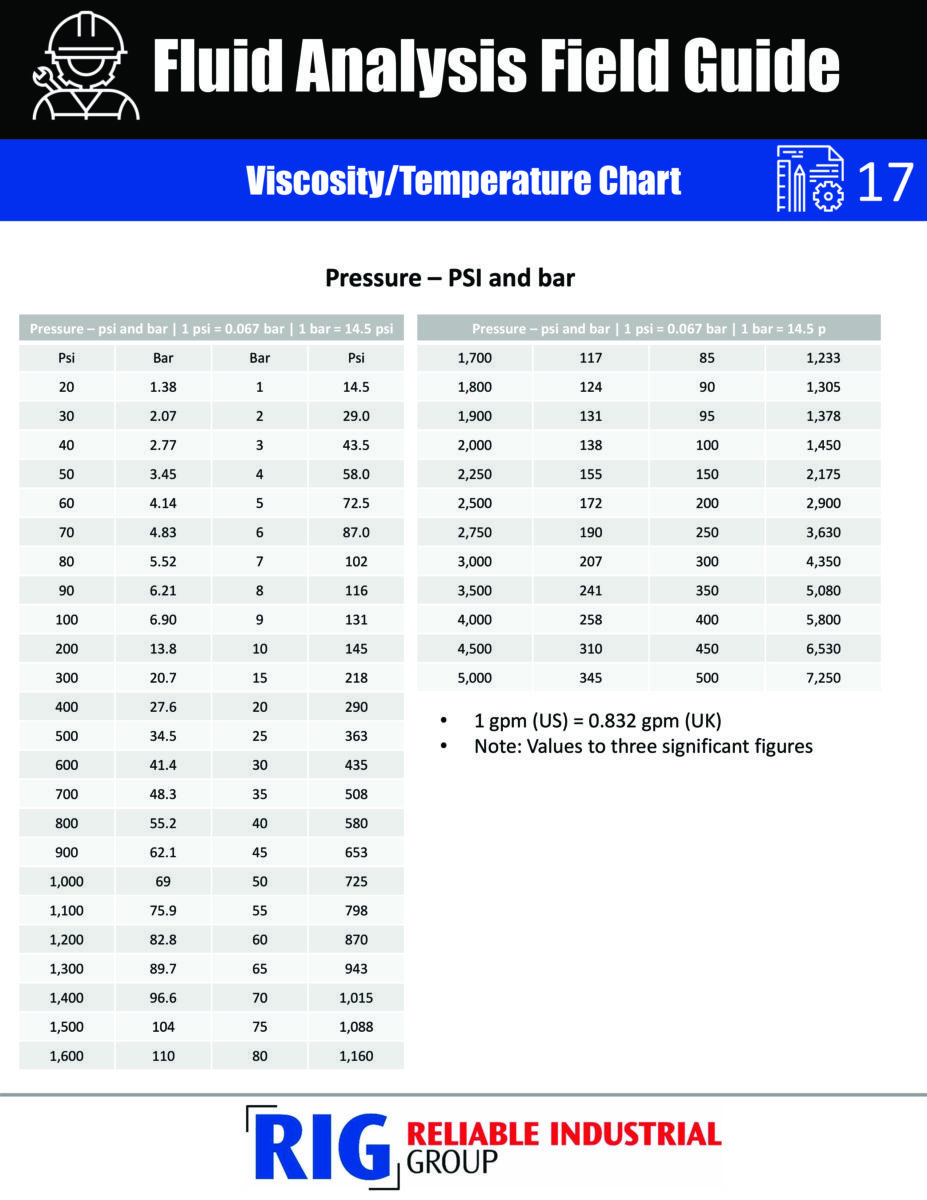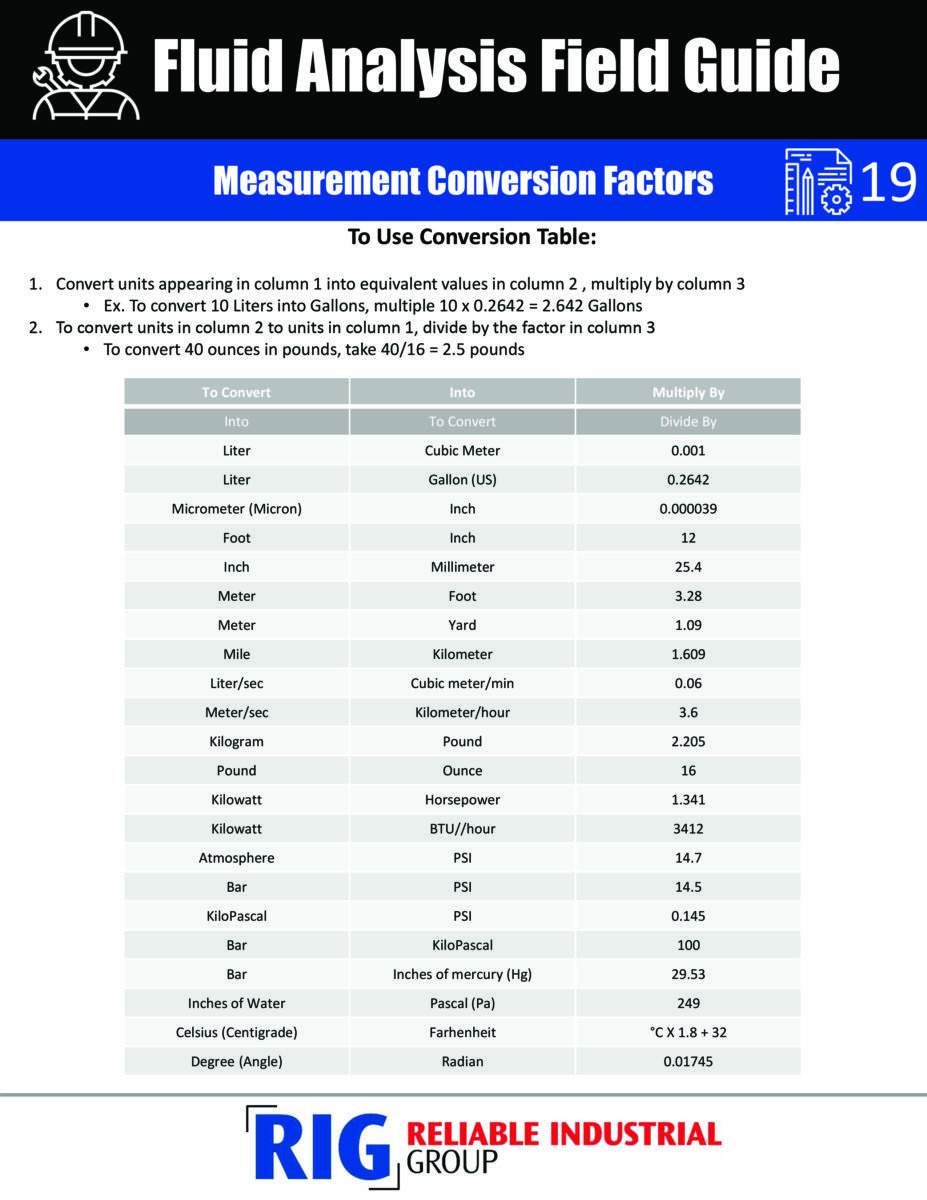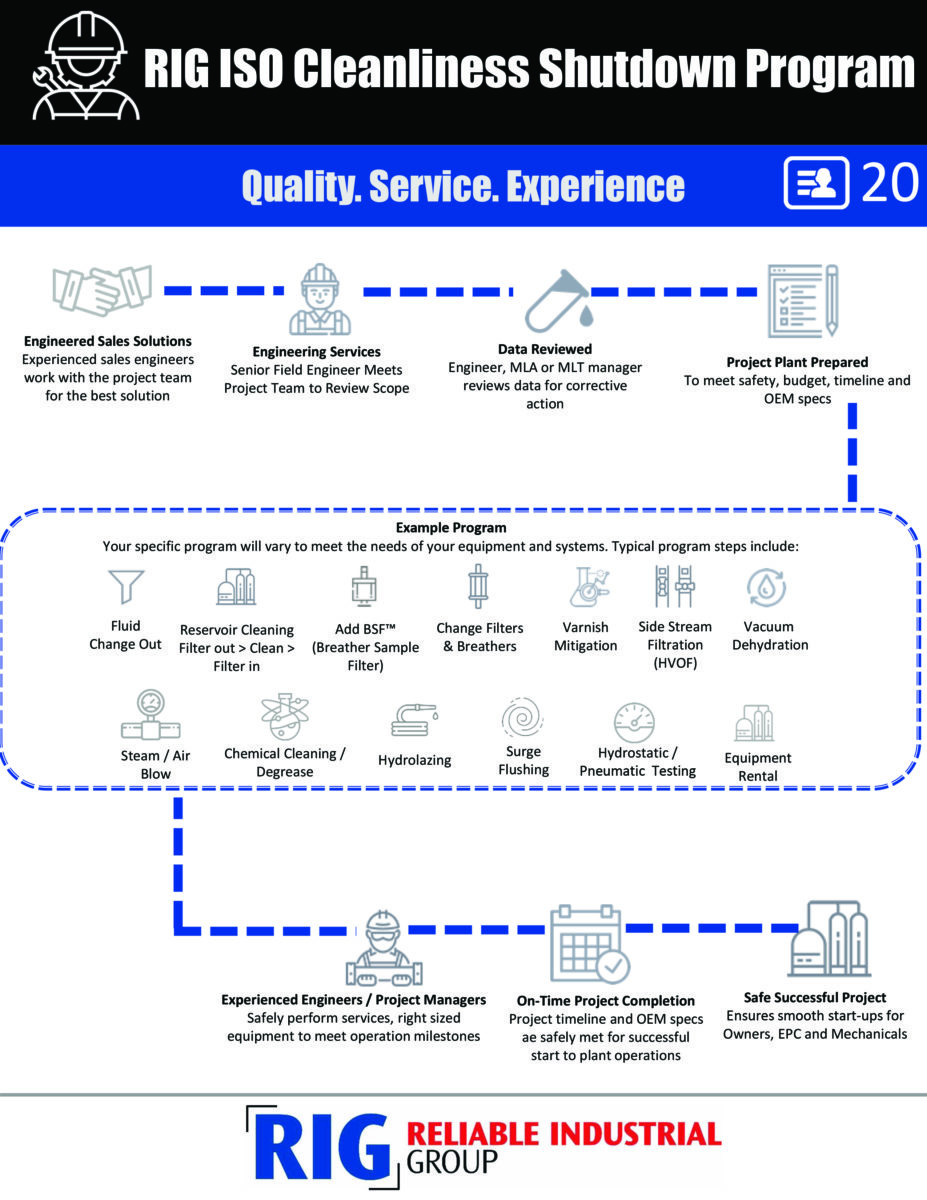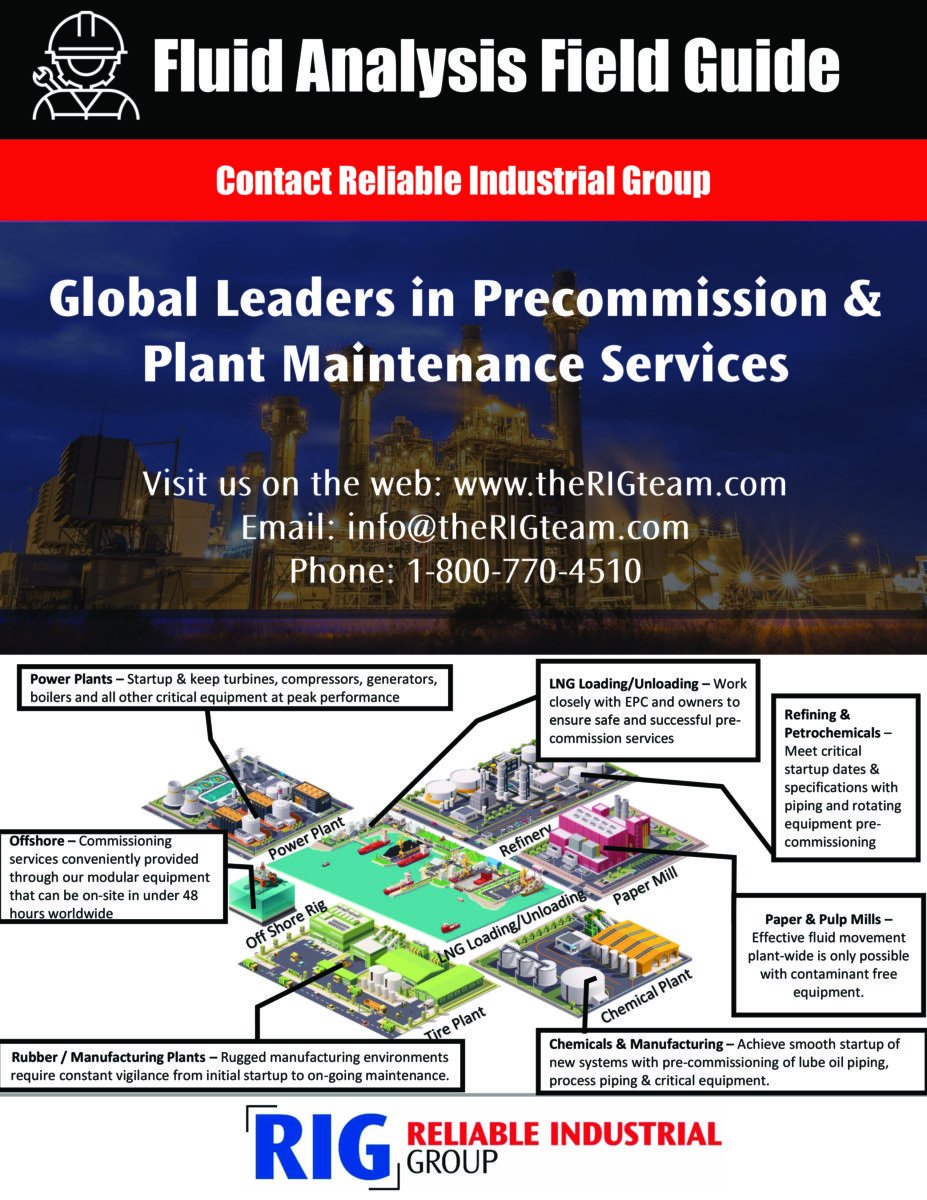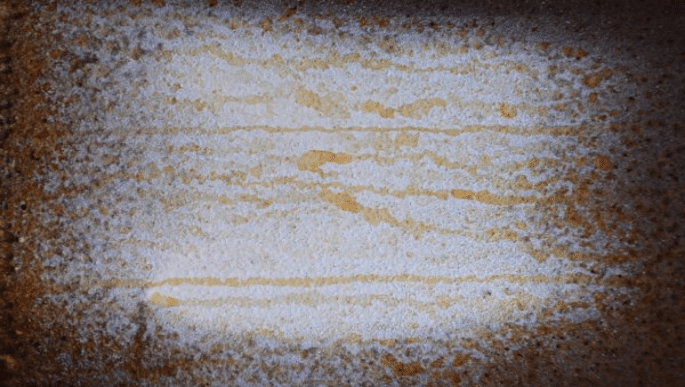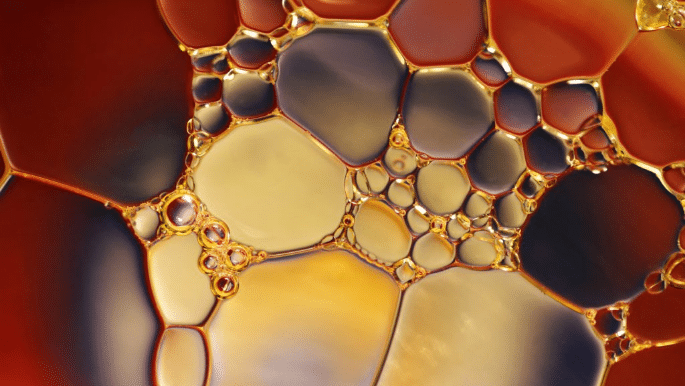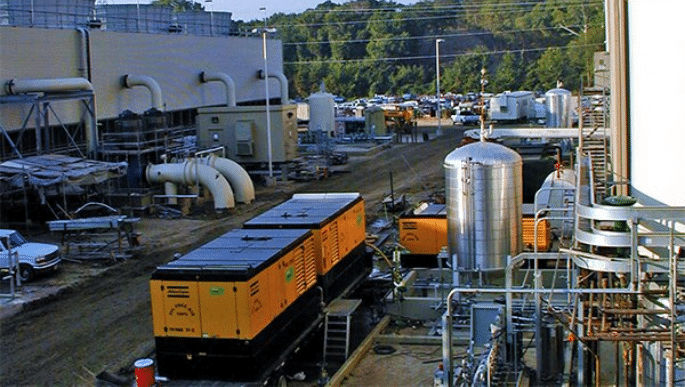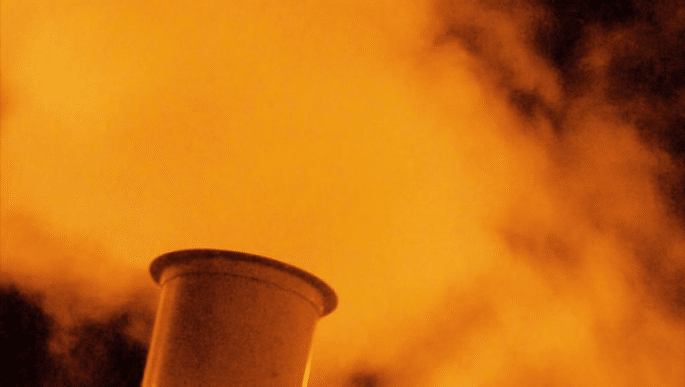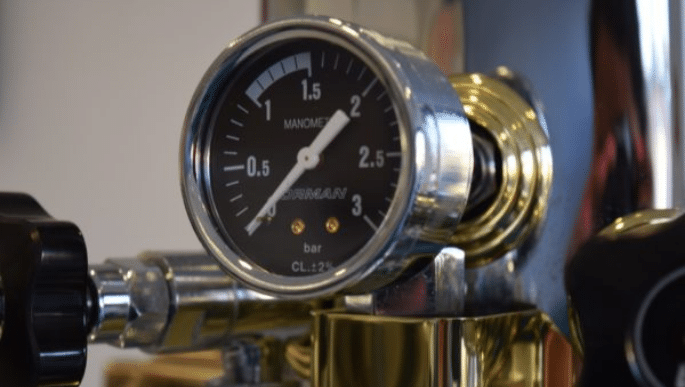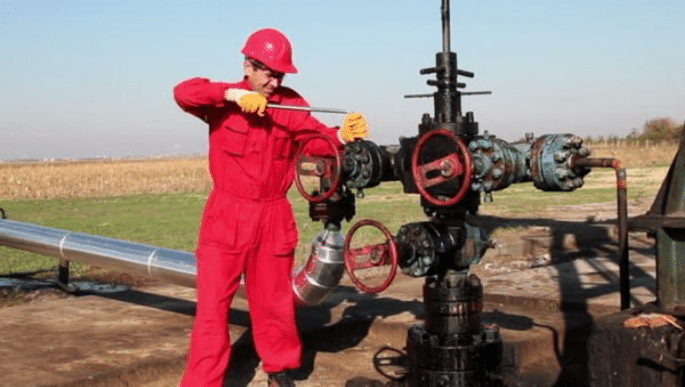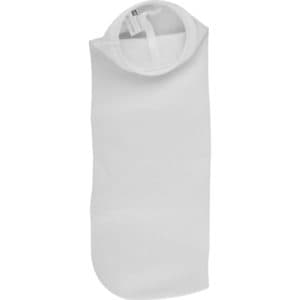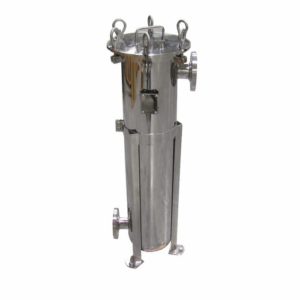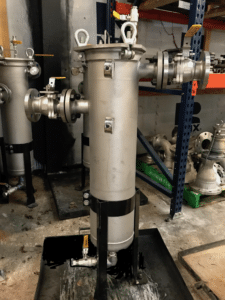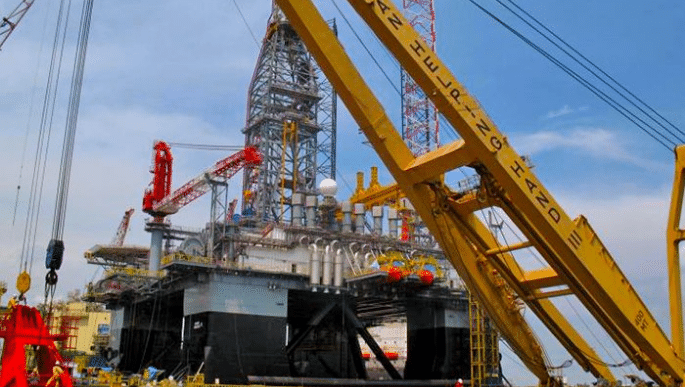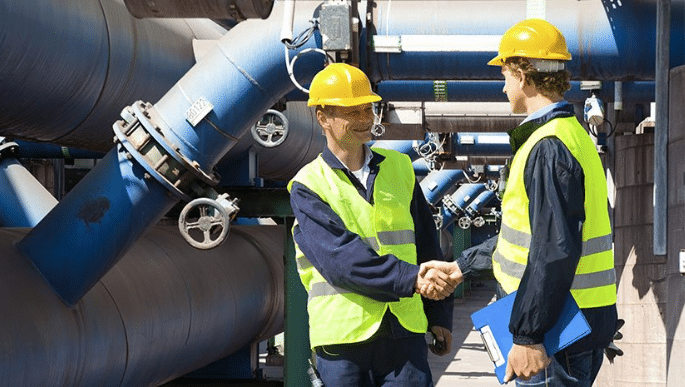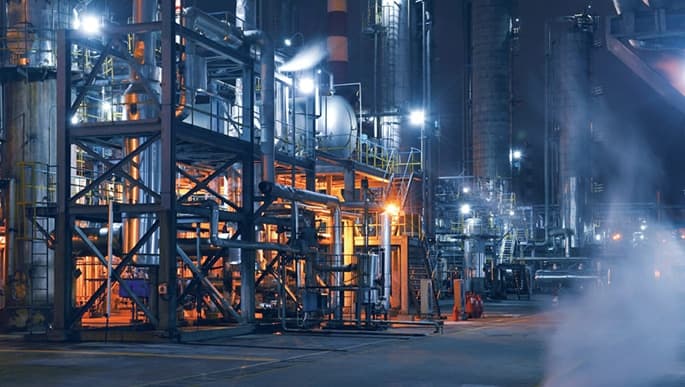Steam blowing is critical if you want to ensure piping, boilers, and gas turbines are not contaminated with mill scale, debris and grease before full operation. With proper steam blows, you can protect your turbines and plant equipment from damage upon startup or operation, potentially saving millions in repairs and unplanned downtime. This procedure forces steam through piping at high pressure, to create a drag force that will remove debris. If done improperly, steam blowing runs the risk of overheating sensitive elements, endangering the eardrums of unprepared bystanders and leaving the system unready for operation.
One basic precaution includes using dry silencers that don’t require water injection to reduce noise, which can make a huge difference in risk during the procedure.
OEM Guidelines
When piping is attached to a steam turbine, the turbine OEM has a guideline for steam blowing. There are several methods, referenced in NEMA 23 and NEMA 24 guidelines.
The accepted method for a steam blow, per NEMA 23 and NEMA 24, is an impulse blow, in which you:
- Contain steam in the boiler attached to the opposite end of the steam piping to the turbine
- Establish a break-out point at the steam turbine
- Attach a fast-opening valve to this break-out
- Attach a short piece of pipe to vent the steam in a safe direction
Noise and Temperature Restrictions
Historically, steam blowing has been a noisy, hot, dangerous process.
In the past, steam blows were louder than roaring jet engines. They used an open-ended pipe to vent high-speed steam into the open air, often breaking glass windows in nearby facilities — needless to say, the noise was well above OSHA standards.
In addition, rapid temperature increases and decreases can impair overall system performance, so manufacturers of boiler/heat recovery steam generators have put limits on the rate of temperature variation during steam blows.
Controlling Noise and Temperature with Puffing and Fast-Opening Valves
The traditional approach to steam blowing is to pump puffs of steam through sections of a system. To reduce sound and temperature dangers, the key here is to use a system of:
- Quick-opening valves
- A silencer/exhauster at the exit
- And water injection
In this approach, puffs of steam are blown through the system, beginning at lower pressure and slowly increasing in pressure as necessary, and regulated using quick-opening hydraulic actuated valves.
To control noise, a steam exhauster/silencer is also used. In addition, temporary piping from the temporary steam turbine exit is used with water injection along the temporary pipe, limiting the volume of steam before it reaches the steam exhauster/silencer.
Low-Pressure Continuous Blowing Controls Noise and Temperature
Due to the high pressures of exhaustive steam blows, permanent and temporary systems are subjected to high vibrations and stress. In addition, puffing can take weeks to achieve OEM-specified cleanliness levels.
One way to control noise, limit temperature fluctuations, and speed up the process, is to use the continuous blowing method. In continuous blowing, there’s one continuous, low-pressure blow performed around the clock at a steady temperature and pressure. In this process:
- Steam is produced by the boiler or heat recovery steam generator, escaping the temporary steam turbine exit into temporary piping
- The steam blow uses about 45 – 55 percent of the maximum steam flow at a low pressure
- The low pressure equals the back pressure of the permanent piping
- This works because high-temp steam at low pressure has a higher specific volume than steam at high pressure
An impulse, or puffing, steam blow requires many valves to close and open to exhaust steam at a good cleaning force, cleaning small sections at a time. But a continuous steam blow is always flowing, so the cleaning force is higher down the line as pressure drops near the exit.
More About Energy Services International
At Energy Services International, we provide comprehensive steam blowing services that:
- Deliver exceptional cleaning efficiency and cleanliness standards
- Minimize noise and disruption to other critical path plant operations
- Are environmentally friendly
- Are cost-effective
- Provide you a fast, painless process
We’ve served companies nationwide and can help you quickly get your system up to specifications. Contact us to discuss your specific needs.


